Intermediates
Gallantry and accessories
Blog Piekiełka
Nuristanis - an Afghan nation with blue eyes
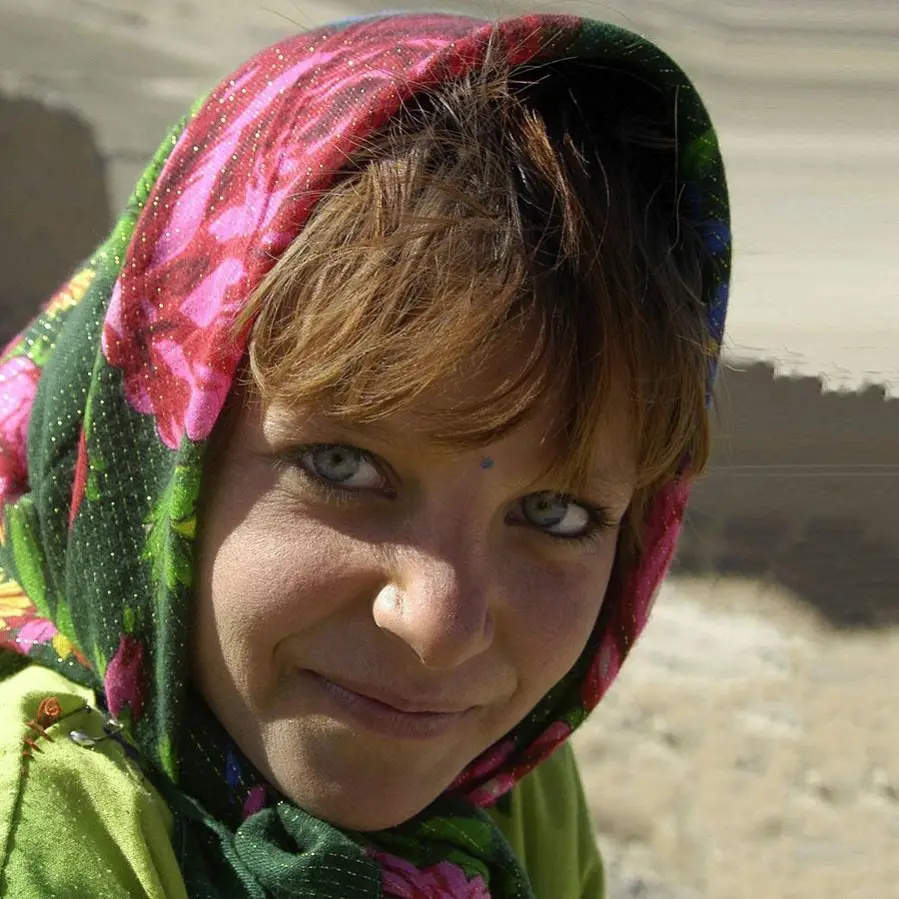
The Nuristanis are an ethnic group that primarily inhabits the mountainous, hard-to-reach Nuristan province in northeastern Afghanistan. A small portion of them live on the other side of the Pakistani border. There is also the Kalash people of Pakistan, who are descended from the Nuristanis but speak a separate language.
Where did the blue-eyed people of Nuristan come from?
The special position of the Nuristani languages in the Aryan branch of the Indo-European family testifies to the early isolation of the Nuristani ancestors from the rest of the Indo-Europeans. It is believed that the ancestors of the Nuristani were the first Indo-Europeans to settle south of the Hindu Kush and were later pushed further and further into the mountains by nations speaking Indo-Iranian languages.
It is likely that the nation's earlier name "Kafir" is related to the historic Kapisa area, whose name has remained in the name of modern Afghan Kapisa province. Transformed into "Kapir," this ethnonym was later, under the influence of Muslim folk etymology, turned into "Kafir," meaning "infidel."
For millennia, the Nuristanis practiced a unique religion that combined Vedic beliefs with local shamanism. Some call it "ancient Hinduism." The geographic isolation of the Nuristanis allowed them to maintain their separateness for a long time. They practically never intermarried with representatives of other ethnic groups until our time. As you can easily see from the photos, Nuristanis are completely unlike other peoples of South and Central Asia. They look just like the ancient Indo-Europeans, and their languages form a separate group.
When Islam spread throughout the region, Nuristan remained the last non-Muslim bastion of modern Afghanistan. It was then called Kafiristan, or "Land of the Infidels." In the late 19th century, Emir Abdur-Rachman finally succeeded in conquering the pagan highlanders. The old temples were demolished, and the statues they worshipped were sold and taken to museums around the world. The Islamization of Kafristan ended with its renaming as "Nuristan" - the "Land of Light."
In the mountains and valleys of Nuristan, which are cut off from the world, numerous pre-Islamic traditions of the nation still exist, and the practice of Islam is different. According to the old religion of the Nuristanis, the world is divided into pure and impure, and deities influence daily life. Dances, feasts and shamanic rituals were important to the religion. Today, only echoes of that culture remain. Shamans are no longer found in Nuristan, but many people still believe in spirits, which should be worshipped on a par with Allah. Animal sacrifices to these spirits continue. Many Nuristanis include traditional songs and dances in their prayers. Weddings are also celebrated in the old way, as they were before Islam.
In Nuristan province, the total population is about 150,000, including 89% Nuristanis, 10% Pashtuns and about 1% seasonal Gujjars and ethnic Tajiks. The main Nuristani tribes in the province include:
Kata or katta - 38%
Vaigali or Kalash - 30%
Ashkun or Vamai - 12%
Satra - 5%
Vasi or Parsun - 4%
Dari and Pashtu languages are spoken as second and third languages in the province
Nuristan in pagan times
To the south of Nuristan lived peoples speaking Dardic languages, previously also pagan. Part of the foothill population was conquered by the Nuristanis a thousand years ago, and from them came a class of artisans. Gradually, the belt of Dardic peoples became Islamized, although whole villages still maintained their traditional beliefs until the late 19th century. To the south and west, the Tajiks and Pashtuns were settled. The Pashtuns staged raids into pagan areas, pushing the "infidels" higher into the mountains.
In this situation, the pagans in the south of Nuristan were forced to constantly demonstrate their combativeness, fighting their Muslim neighbors. Thus, for example, a boy was not allowed to wear pants until he had killed his first enemy and brought his turban as proof of success. He was also denied the right to marry and other rights of an adult male. It was a matter of national survival.
Throughout Kafiristan (pagan Nuristan) there was the institution of a council of elders, which was made up of people according to age and wealth. In the northern Kafirs there were also functioning chiefs. As a sign of remembrance of these chiefs and other important representatives of the community, wooden statues were placed in cemeteries a year after their death. These were not statues of gods to be worshipped, but just monuments, figures of specific people, similar to their role models. Statues of women were also erected as a sign of remembrance of the wives of chiefs or distinguished representatives of their tribes.
The position of women in the Nuristani community
The position of women has changed and is changing with the Islamization of society. Nuristanis are embracing Islam, but still remember the old traditions. Men convert to the majority religion to find work in the city. As Muslims, they are treated more favorably. Women marry Muslim neighbors, and Muslim women no longer have to do hard manual labor like Kafir wives. It turns out that a female pagan carries a much heavier burden than a Muslim woman. This one is chained exclusively to the home and is required to bear children and do related work.
Muslim women in Nuristan live their lives on the other side of walls and fences, thoroughly isolated. They have a separate floor in the house or rooms. Society is divided. In pagan times, Nuristanis lived differently. Up until the war in the 1980s, women quietly interacted with Western researchers who stopped by the village. They allowed themselves to be photographed, although embarrassed; they were quite open, did not wear burqas, and wore headscarves in the usual way. In the old days, women chose their own husbands, could have the usual for us acquaintances, friendships, informal relationships. While in the early 20th century Islamization was quite superficial, now under the Taliban even women's songs and dances have ended.
Clothing and ornaments of Nuristanis
Pagan Nuristanis were distinguished by wearing open necklaces (so-called torques) twisted from wire or metal ribbon. Initially they were made of silver, and in the 20th century they were made of cheaper metal alloys. In pre-Islamic times, torques were worn by chiefs, great warriors, men of merit and their wives and daughters. After the imposition of Islam, all ornaments, except rings and sometimes earrings, became exclusively a female attribute. In the mountainous areas of Nuristan, as well as in the north of Pakistan, such necklaces were worn until the 1970s.
Today, torques have practically fallen out of use, they are still worn by members of the older generation in high mountain settlements. There are several types of torquwes, for example, with the addition of pendant-monets, although twisted hoops were preferred. After Islamization, torkwes became a woodcarving motif. It could be used to decorate furniture, architectural elements, tombstones and even vessels - for example, around the throat of a jug. Thus, this jewelry from the physical world entered the world of symbols.
In pagan times, men wore loose shirts and pants (both wool and cotton), but more tight-fitting than those worn by Muslims, as well as clothes stitched from goatskins. Today, there has been a unification of men's clothing in the region, although some features still retain ethnic specificity. For example, Kalash men often plug a feather or flower into the shaft of their pakola (headgear), unlike their neighbors. It is not uncommon for Nuristans to wear a white woolen jacket with a mottled ornament, which was previously an exclusive attribute of the central Parun Valley.
Recently, the process of formation of a new nation of Nuristanis has been initiated. There is a drive to preserve ethnic distinctiveness, respect the past, and maintain the validity of traditional culture.
Ethnic Jewelry
-
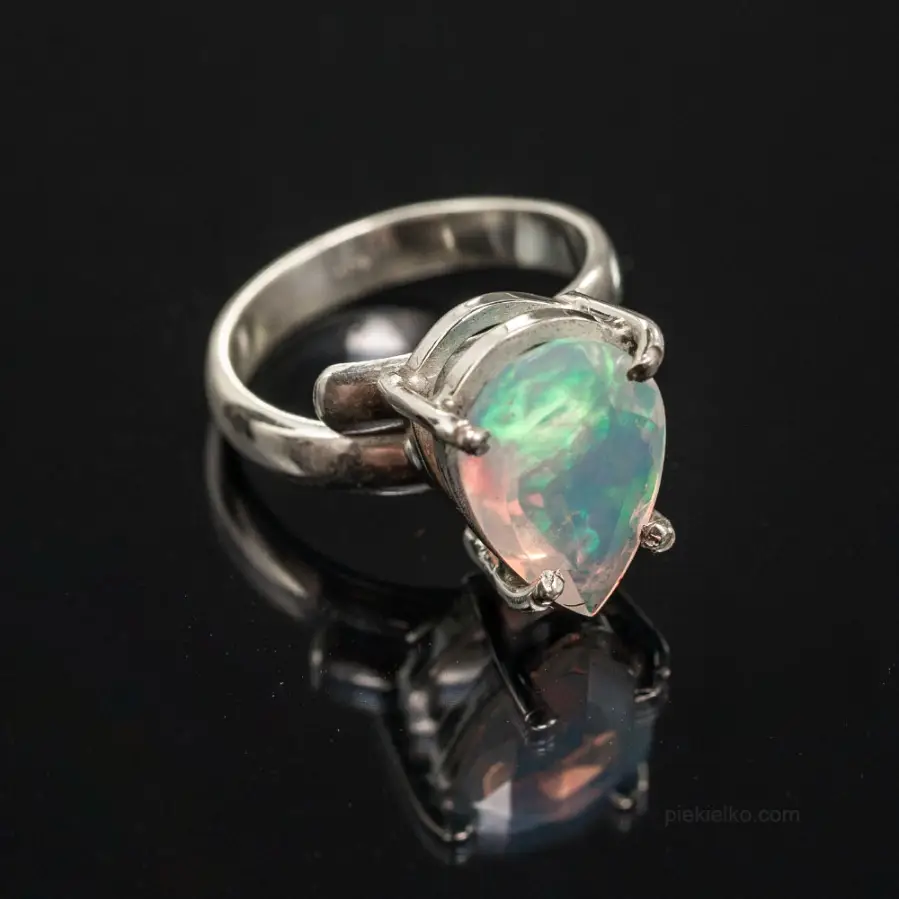
Ring with natural white opal from Ethiopia
540,00487,35 -
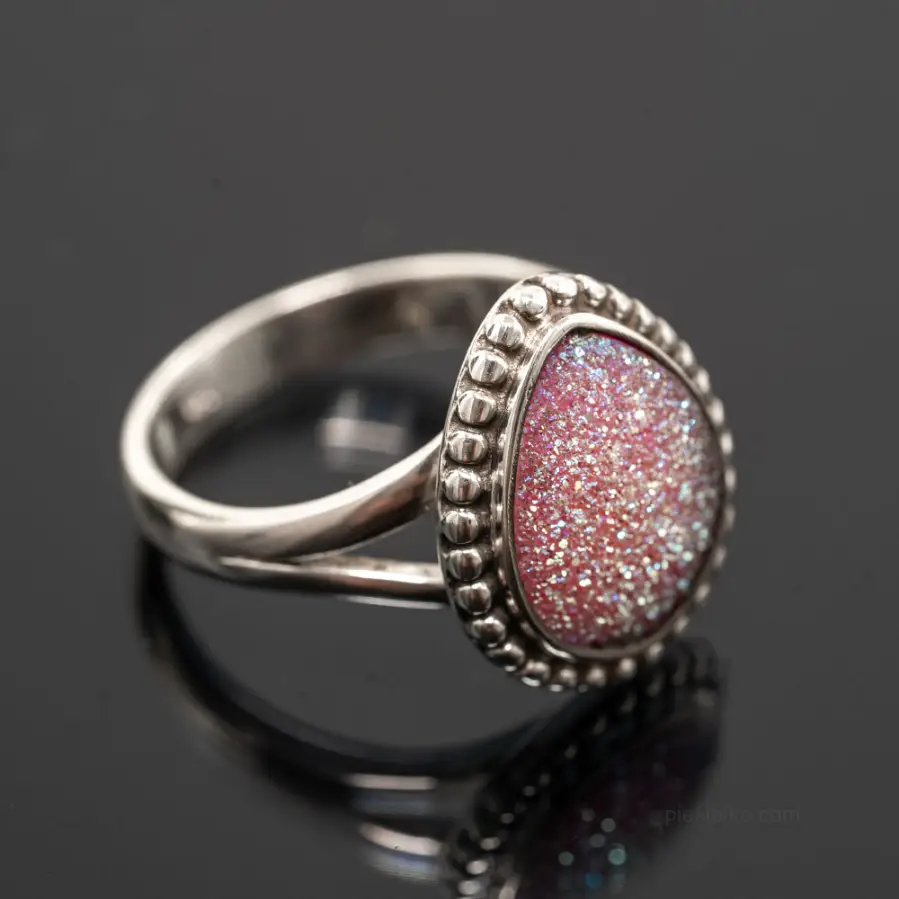
Space nebula - titanium drusen
280,00252,70 -
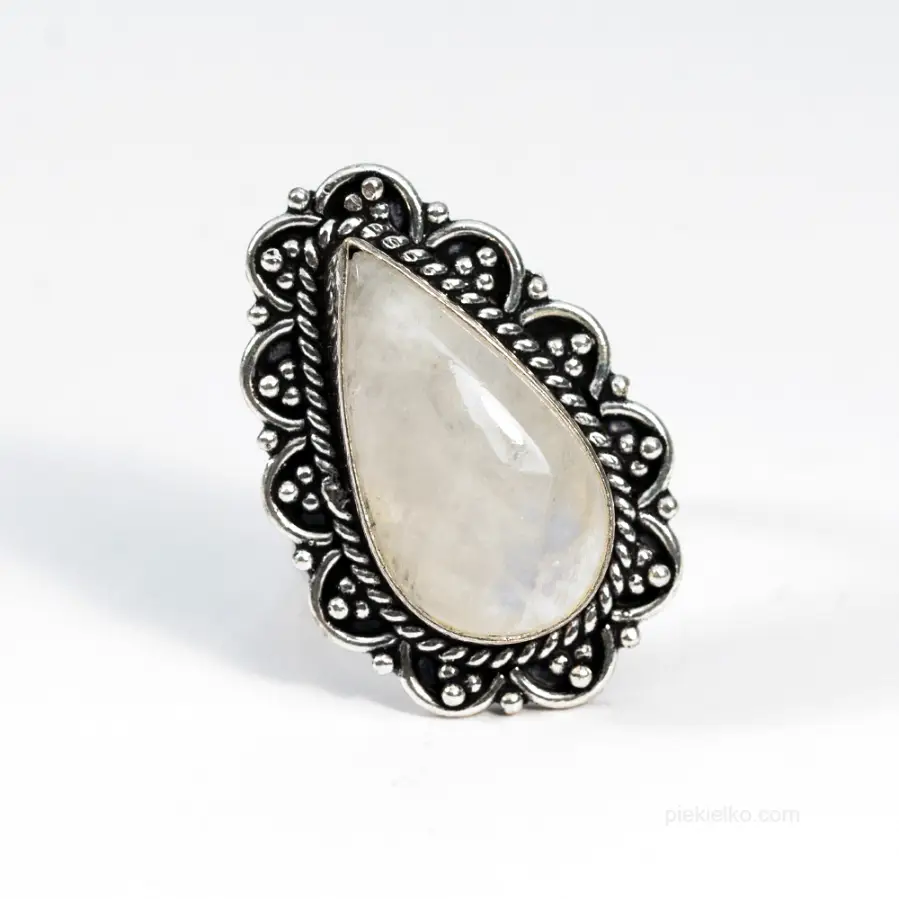
Elegant large ring with moonstone
185,00175,75 -

Brown natural turquoise ring
155,0088,35 -
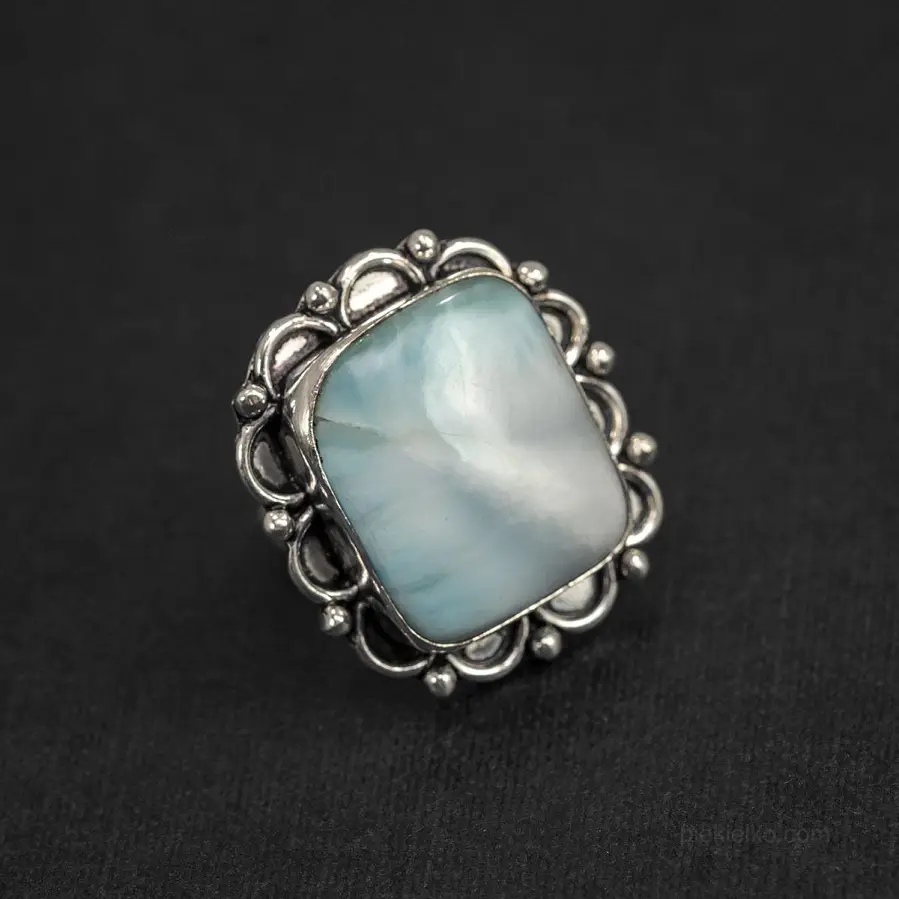
Larimar ring
195,00185,25 -
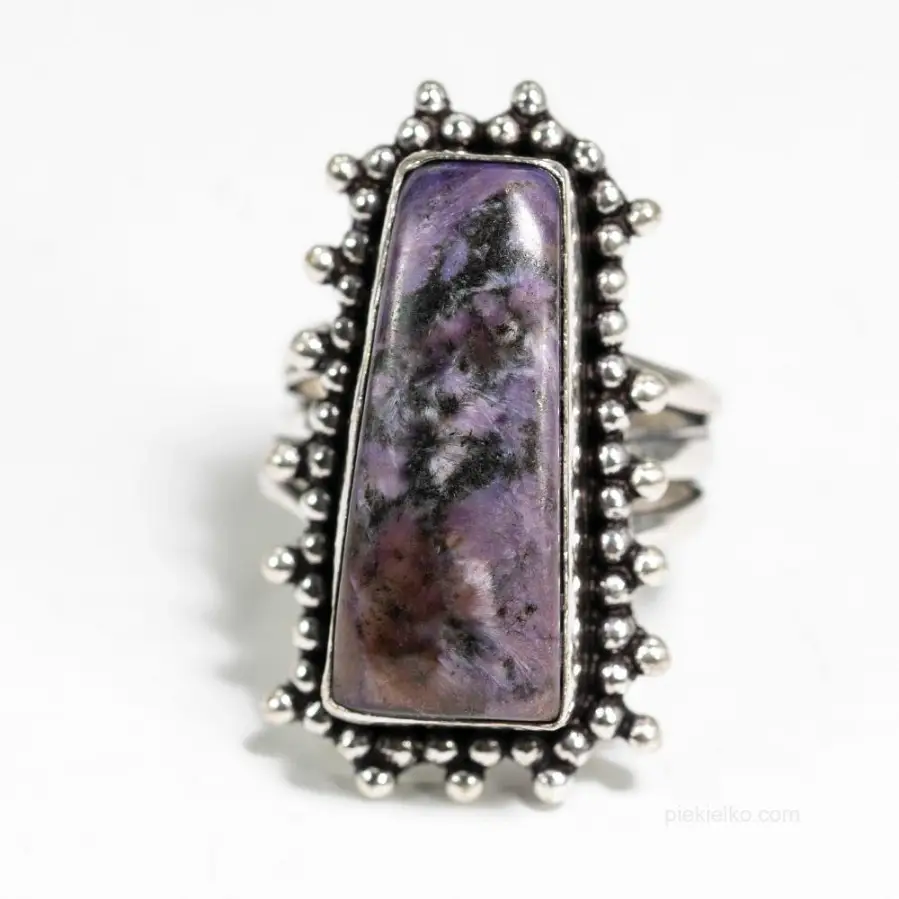
Ring with Russian Charoite
199,00113,43 -

Ring in pink gold with aquamarine
175,0099,75 -
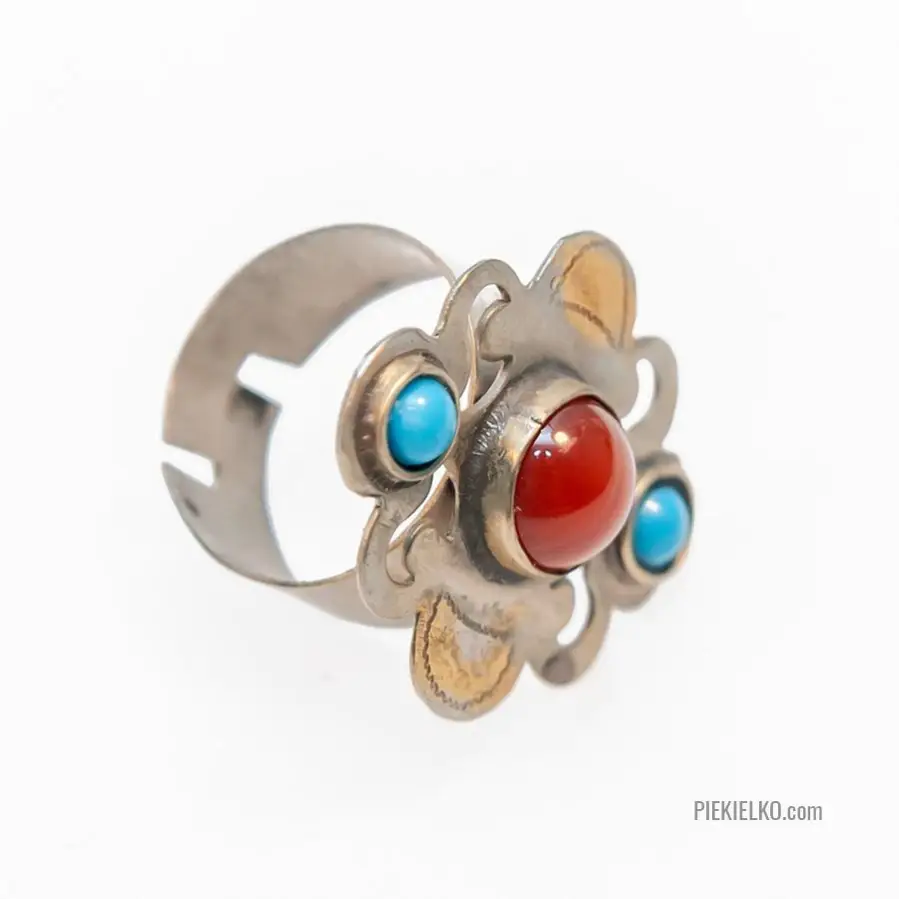
Gold-plated Turkmen ring
91,0086,45 -

Adjustable pink oyster ring
370,00333,93 -
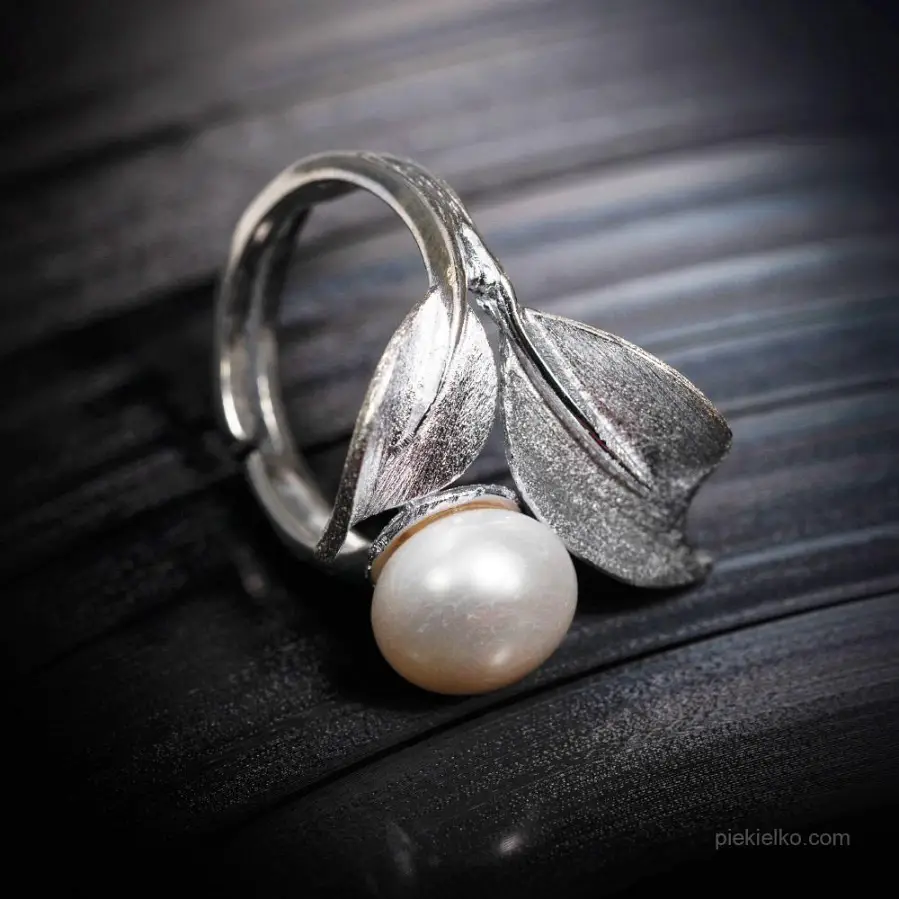
Silver ring with a pearl
357,00322,19 -

Nature's Gem Ring with Natural Amethyst
350,00315,88 -

Silver-plated ring with labradorite
175,0099,75 -
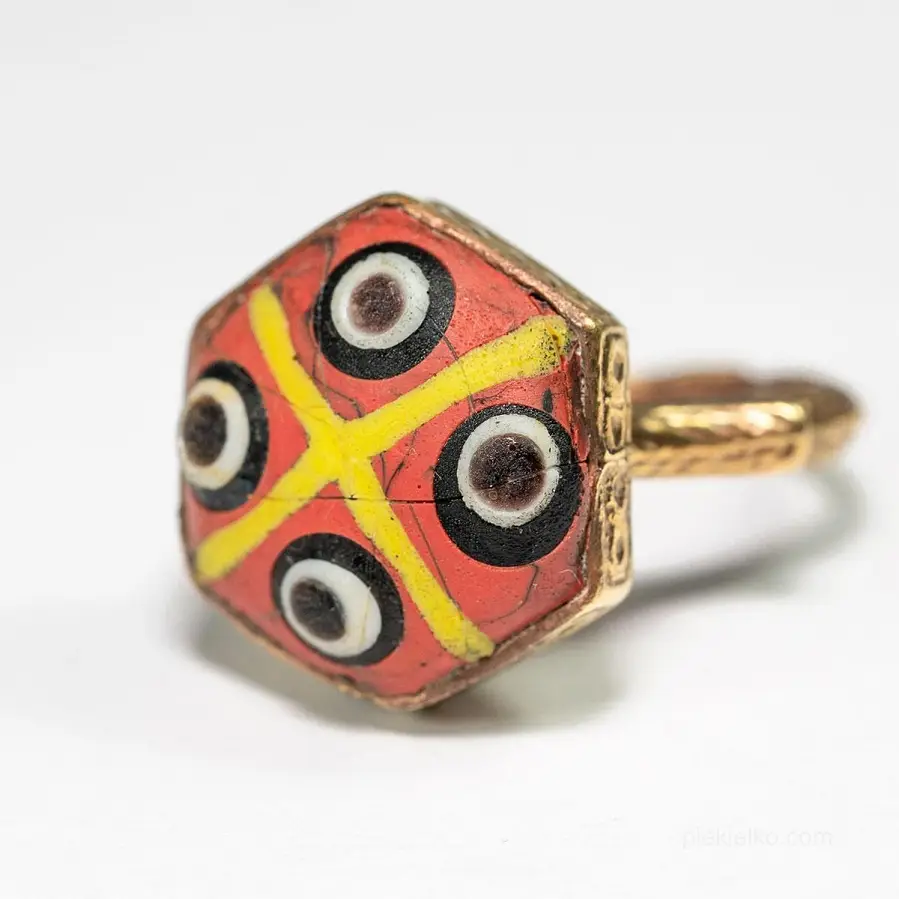
Ethnic gabri glass ring
98,0093,10 -

925 Silver Ring with Natural Moonstone
370,00333,93 -
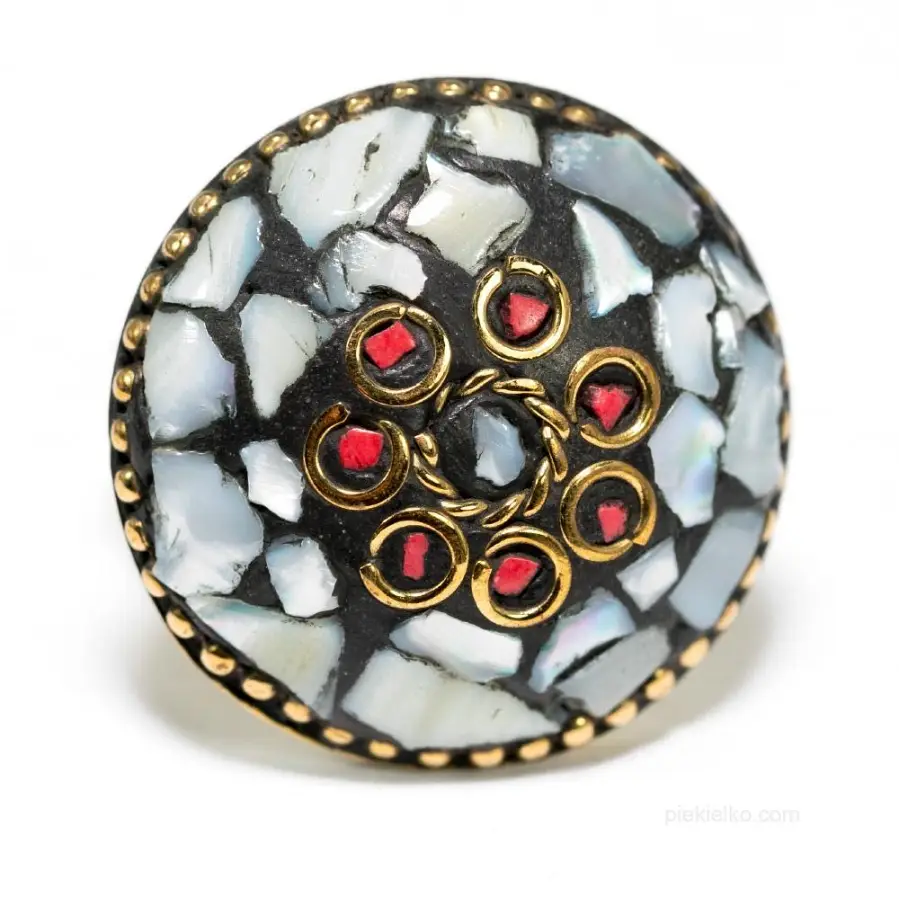
Ethnic moonstone ring
176,00167,20 -

Gold plated ring with agate
165,00156,75 -
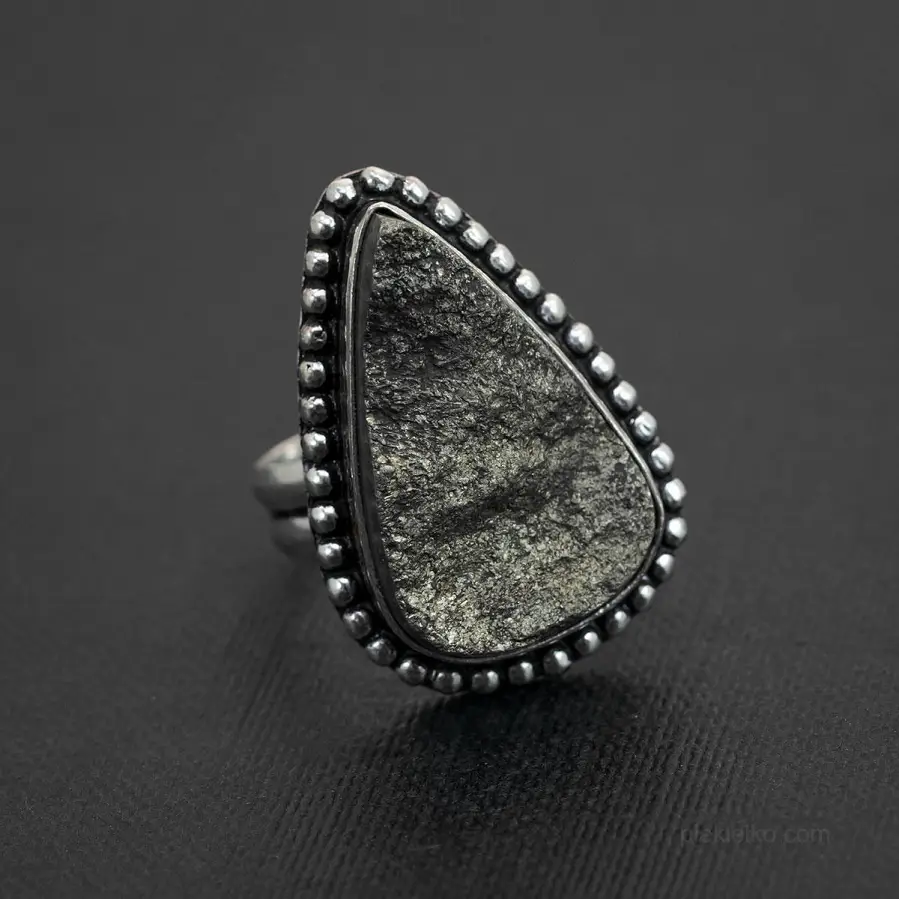
Silver pyrite druzy ring
231,00219,45 -

Ring with blue lapis lazuli
198,00188,10 -
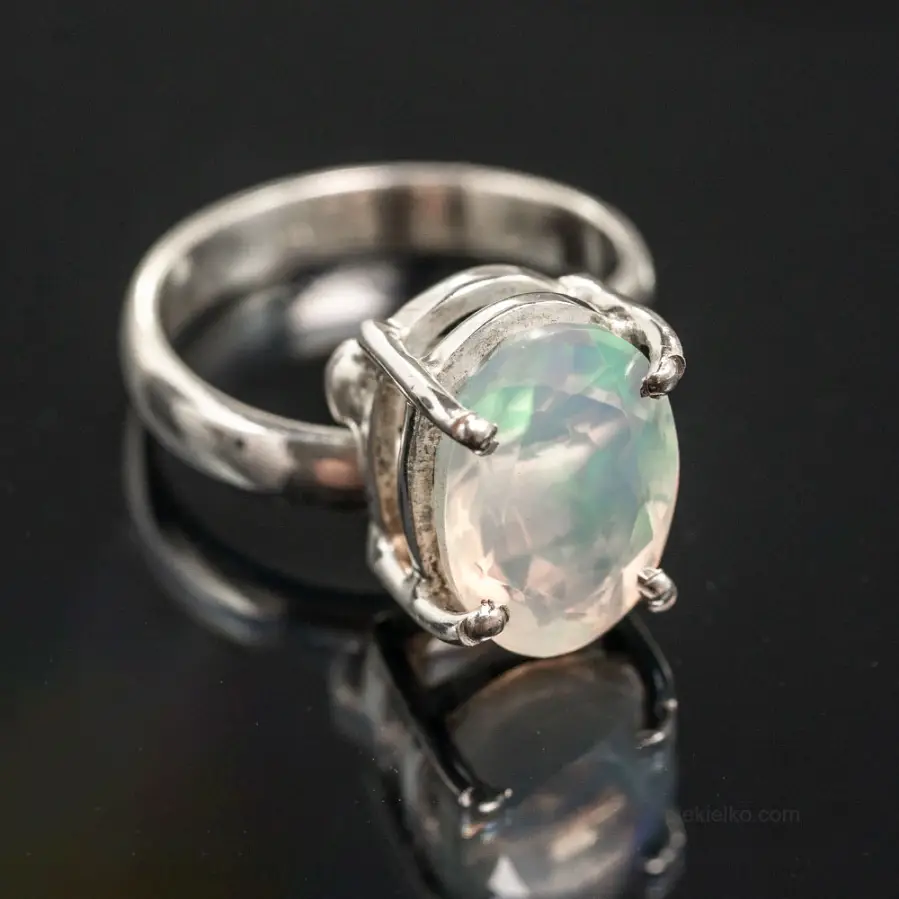
Opal magic - A ring that will enchant
530,00478,33 -
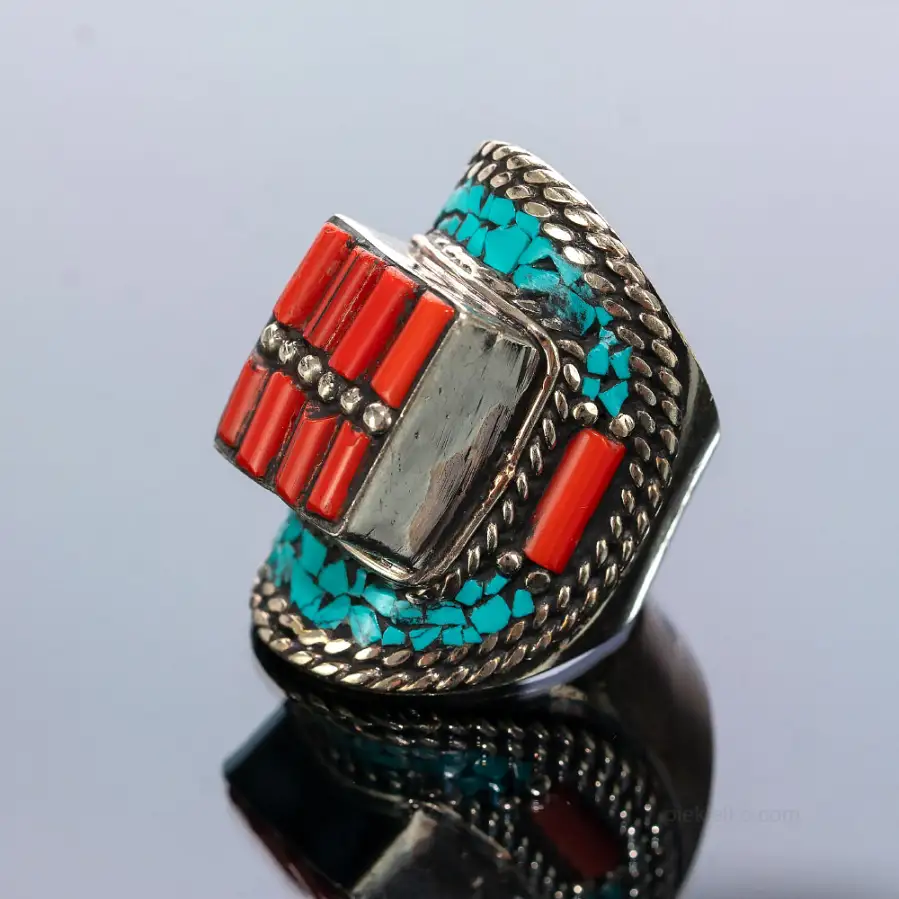
Tibetan signet ring with turquoise and coral
290,00275,50



© Piekielko.com

